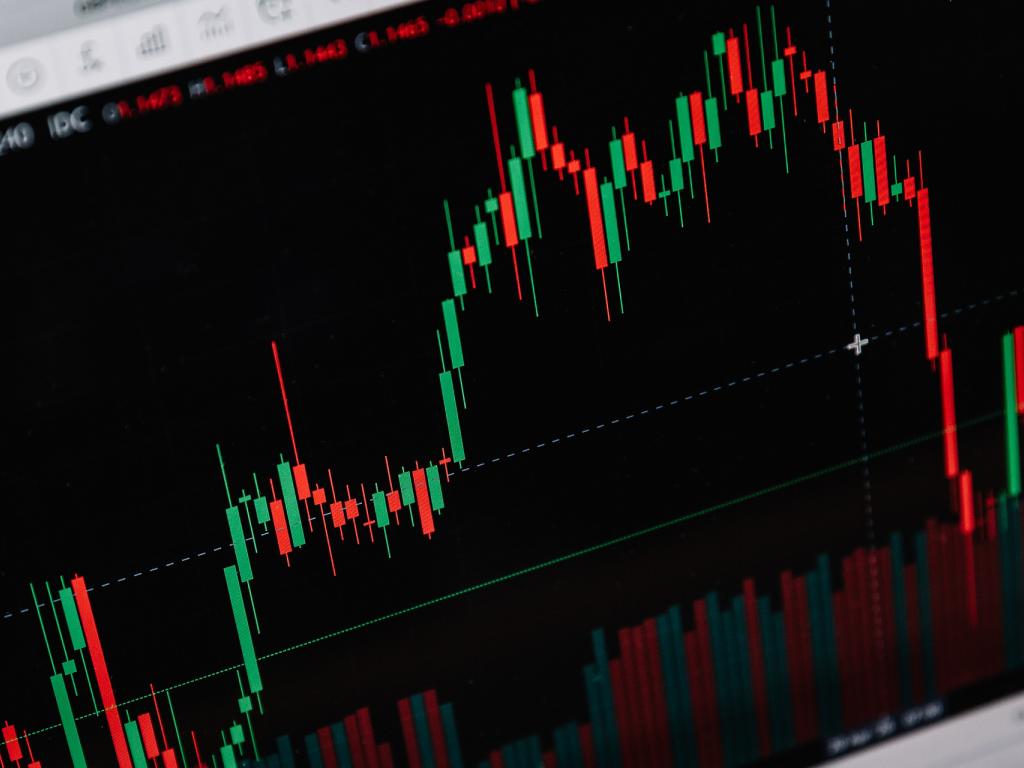Looking into Penn Virginia's Return on Capital Employed
Author: Benzinga Insights | August 20, 2021 12:47pm
After pulling data from Benzinga Pro it seems like during Q2, Penn Virginia (NASDAQ:PVAC) earned $67.30 million, a 119.42% increase from the preceding quarter. Penn Virginia also posted a total of $124.70 million in sales, a 40.82% increase since Q1. In Q1, Penn Virginia earned $30.67 million, whereas sales reached $88.56 million.
Why ROCE Is Significant
Changes in earnings and sales indicate shifts in Penn Virginia's Return on Capital Employed, a measure of yearly pre-tax profit relative to capital employed by a business. Generally, a higher ROCE suggests successful growth of a company and is a sign of higher earnings per share in the future. In Q2, Penn Virginia posted an ROCE of 0.18%.
It is important to keep in mind ROCE evaluates past performance and is not used as a predictive tool. It is a good measure of a company's recent performance, but several factors could affect earnings and sales in the near future.
ROCE is an important metric for the comparison of similar companies. A relatively high ROCE shows Penn Virginia is potentially operating at a higher level of efficiency than other companies in its industry. If the company is generating high profits with its current level of capital, some of that money can be reinvested in more capital which will generally lead to higher returns and earnings per share growth.
In Penn Virginia's case, the positive ROCE ratio will be something investors pay attention to before making long-term financial decisions.
Upcoming Earnings Estimate
Penn Virginia reported Q2 earnings per share at $1.05/share, which beat analyst predictions of $0.84/share.
Posted In: PVAC





